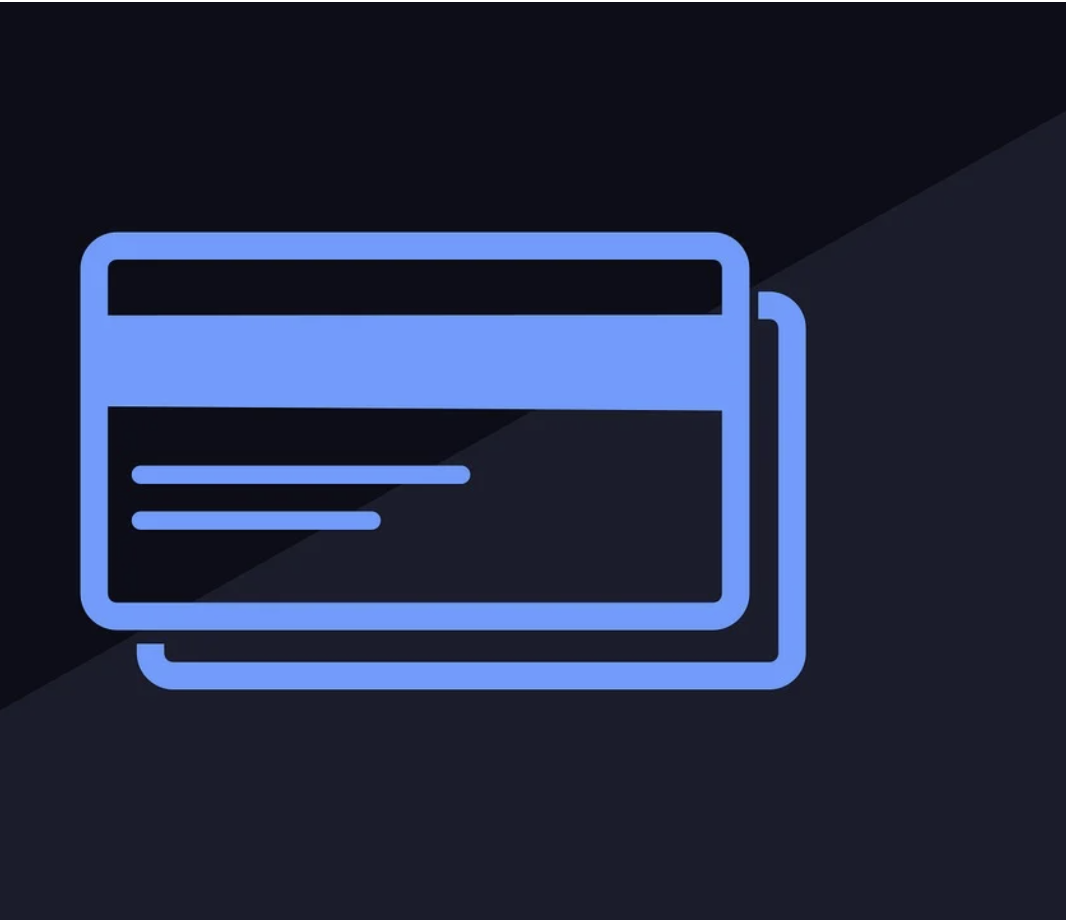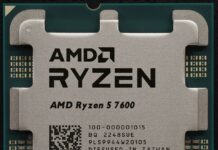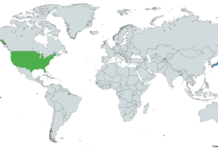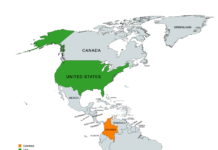The Trump administration announced it will resume payments for the Supplemental Nutrition Assistance Program (SNAP), but at only half the usual amount, as the federal government shutdown continues into its second month. The decision follows two federal court rulings ordering the government to use available contingency funds to keep the country’s largest food aid program operating.
The U.S. Department of Agriculture (USDA), which manages SNAP, said it will use approximately $4.6 billion from a contingency fund to cover reduced November benefits. That amount will pay about half of what is normally distributed to the 42 million Americans who rely on the program. Fully funding SNAP requires about $9 billion each month. Officials warned that once the reserve is depleted, no money will remain for new applicants or emergency situations.
Federal judges in Rhode Island and Massachusetts ruled late last week that the government must use the contingency funds provided by Congress for precisely this type of interruption. Judge John McConnell in Rhode Island directed the USDA to deploy the money immediately, while Judge Indira Talwani in Boston said the department could also use customs revenues if it chose. The administration declined to take that step, opting instead to issue partial payments.
In court filings, USDA official Patrick Penn confirmed that the department intends to use the entire fund and that the process of loading benefit cards could take several weeks or longer in some states. “For at least some states, the system changes required to provide the reduced benefit amounts will take anywhere from a few weeks to several months,” Penn said.
The delays have left millions uncertain about when they will receive help. On average, SNAP recipients receive about $187 per month per person, and nearly 40 percent of participants are children. The program’s temporary halt, the first of its kind in six decades, strained food banks and pantries nationwide. Anti-hunger organizations say they cannot make up for the loss in purchasing power the reduced benefits create.
Several states, including Arkansas, New Hampshire, and Washington, have said they will use their own funds to help food banks or cover shortfalls. However, the federal government has warned that it will not reimburse those costs. “We’re doing everything we can to ease this burden for families,” said Elizabeth Keever of Harvesters, a Kansas City food bank. “But it’s nearly impossible to make up the gap that SNAP is leaving us.”
Democracy Forward, the legal group representing cities and nonprofits in the Rhode Island case, said it is considering additional legal action to seek full funding. “It shouldn’t take a court order to force our president to provide essential nutrition that Congress has already approved,” said Skye Perryman, the group’s president and CEO.
The USDA has said it will provide guidance to states on calculating and distributing the partial payments. The agency warned that some beneficiaries may experience “payment errors and delays” due to the complexity of reprogramming state systems.
As the shutdown continues, the partial restoration of SNAP offers temporary relief but raises new concerns about December benefits and the program’s future funding if Congress and the White House fail to reach a spending agreement.
Image is in the public domain and is licensed under the Pixabay Content License.










